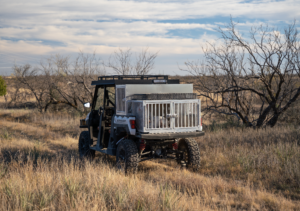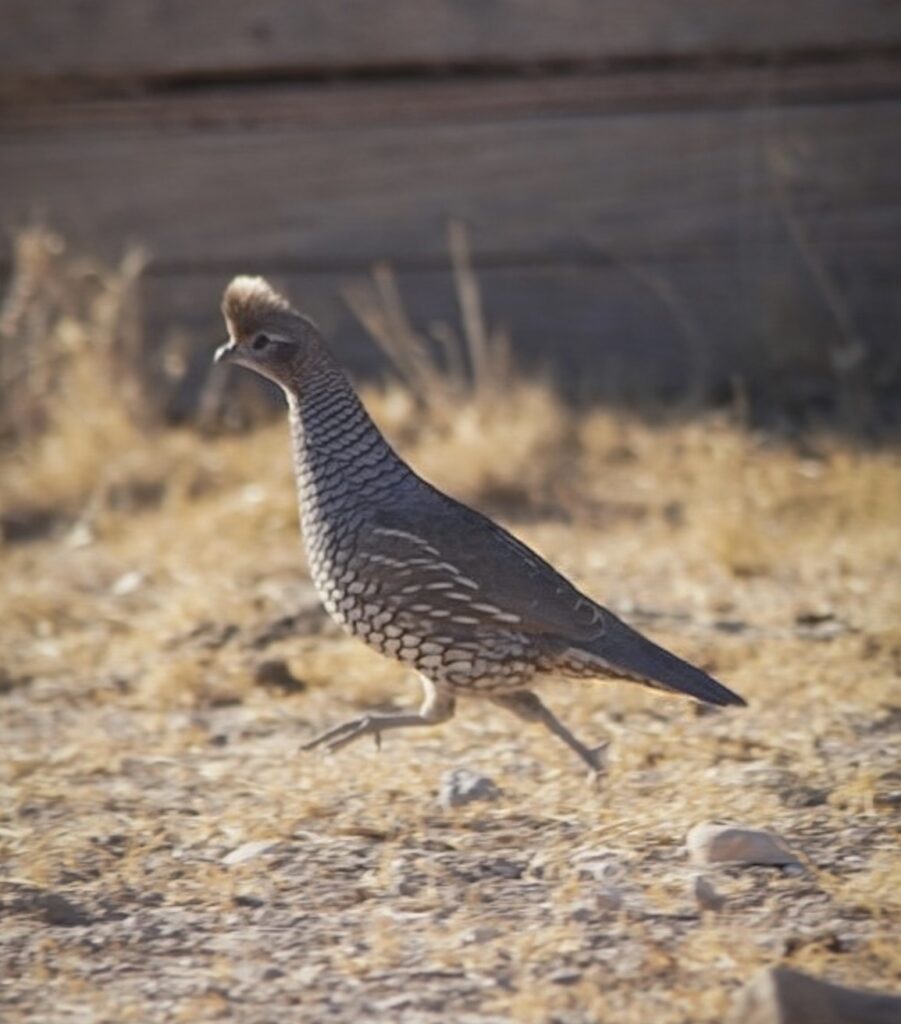Texas boasts home to 4 unique types of quail, a feat only matched by 4 other American States. These include the Northern Bobwhite quail, Scaled (Blue) quail, the Gambel’s quail and the Mearn’s quail (Montezuma, and not to be hunted). Down south during the quail open season from October to February, you are sure to find plenty of the two most popular breeds; Northern Bobwhite and Scaled quails. With daily bag and possession limits, be sure to know the season’s latest caps before taking off. Being anywhere from 20 to 25cm long, these small birds can be tricky to spot, so knowing where to look when touring ranches can double your chances of a successful bounty.
Northern Bobwhite
Identifying the ideal habitat
The Bobwhite variety of quail seeks multiple distinct types of shelter for certain needs; nesting, brooding, loafing, escaping and roosting covers. Whilst they couldn’t keep it simple for hunters and stick to just one, you can still gain the upper hand by identifying the ideal brush and grasses to locate them! Bobwhites will nest and roost in bunchgrasses of around 1 to 1.5 feet tall – think bluestems, lovegrasses, prickly pears, and yuccas to name a few. Their loafing cover, however, is a dense brush or shrub, anywhere from around 5 feet long, with a closed canopy and a nice open base to allow for easy movement. These should be located anywhere between 40 to 50 feet apart, and not too close for comfort to each other, so look for varieties such as lotebush, wild plum, and sumac.
Recognizing food sources
Plants that are dense with insects are where the Bobwhites will brood for easy food access, so check sunflowers, mesquite and snakeweed, among other similar plants. These make for exceptional cover too, so it can be tricky to confirm if there are indeed quails within – keep quiet and exert plenty of patience. Bobwhites will also eat seeds and green vegetation, so make sure to identify their idealflora as above for greater success.

English pointers loaded in a quail hunting rig
Scaled
Identifying the ideal habitat
Much the same as the Bobwhite, the Scaled Quail also seeks multiple shelter types for differing needs. There are similarities between the two, for example, the Scaled will also seek scattered shrubs and brushes to nest and roost, however, for brooding and loafing, Scaled quails will seek low grass cover with bare ground, or near shrubs with proximity to water – broomweed, cholla, and catclaw mimosa.
Recognizing food sources
The Scaled quail eats a comparable diet to the Bobwhite, being green vegetation, seeds, and insects, but fruits are also an ideal element, so keep an eye out for low-hanging berries.
Now that you’ve mastered the art of identifying key plants and areas where the Bobwhite and Scaled quails live, you’re on your way to a surefire victory! Both quails prefer to scurry away rather than fly, making them trickier to keep an eye on, so be quick to take your shot and show your partner how it’s done!



